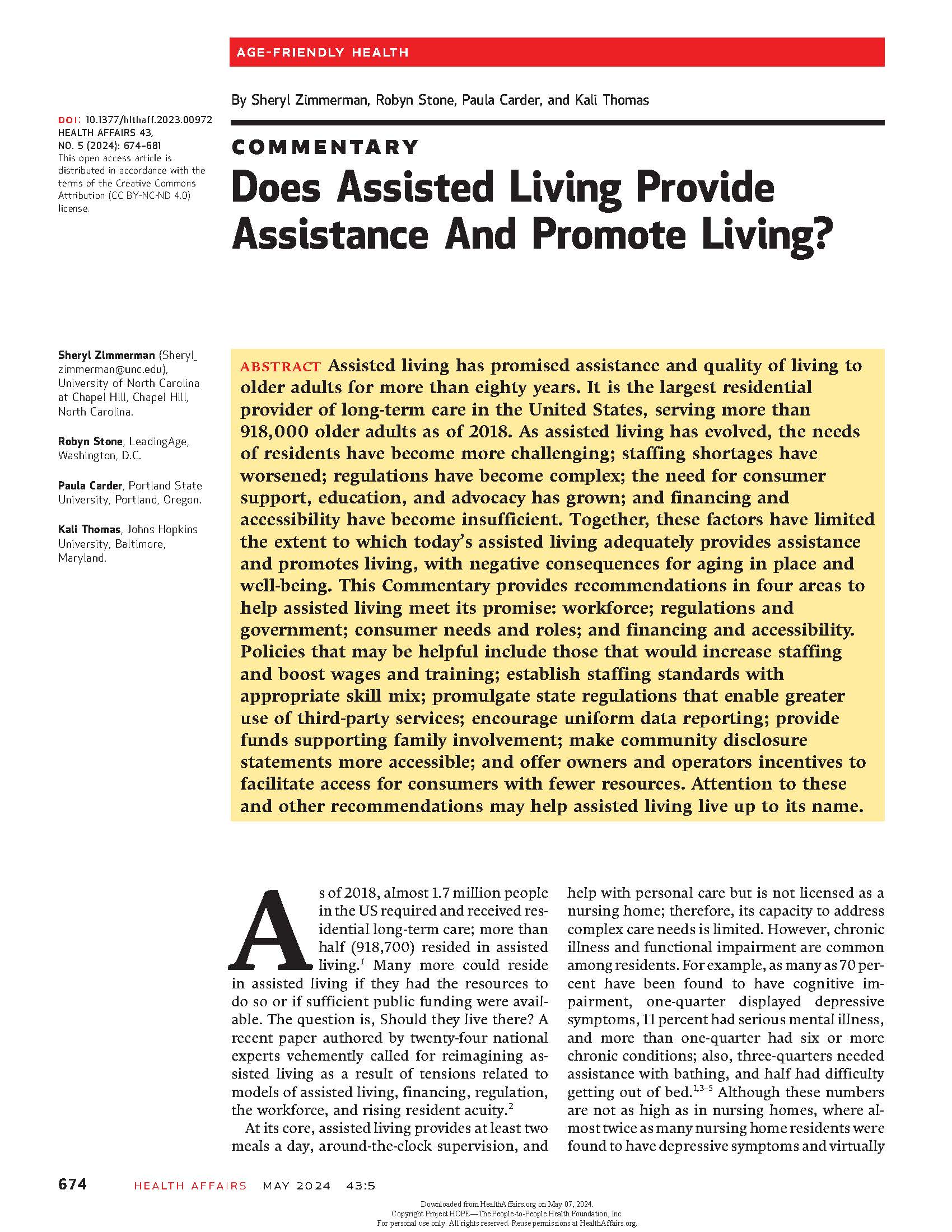Objectives
To assess the staffing patterns of direct care nursing staff by shift in nursing homes (NHs), assisted living communities (ALCs), and their corresponding memory care units (MCUs).
Design
Observational study of the 2021 Ohio Biennial Survey of Long-Term Care Facilities and the Payroll-Based Journal data for December 2021.
Setting and Participants
NHs (n = 678) and ALCs (n = 542) that reported staffing by shift in Ohio.
Methods
Resident-to-staff ratios in Ohio were calculated from staffing data. The proportion of daily nursing staff assigned to each shift was based on staffing data from the Biennial Survey for NHs and ALCs. Outcomes were calculated for aides and licensed nursing staff.
Results
Ohio’s NHs and ALCs had lower resident-to-staff ratios on the day shift. Lower resident-to-staff ratios mean there were more staff per resident (ie, better staffed). For both types of staff and all shifts, overall resident-to-staff ratios were lower in NHs than ALCs. However, resident-to-staff ratios for ALC MCUs were on par with NH MCUs. This was consistent with ALC and NH MCUs staffing in a more similar manner. Across all settings, the day shift had the most staff members present, while a number of ALCs had no licensed nurses on duty during the overnight shift.
Conclusions and Implications
NHs and ALCs have different staffing patterns due to differences in resident needs. However, as ALCs provide for more residents that need NH level of care, ALCs may require additional staffing, especially on the overnight shift where some ALCs have no licensed nurses on duty. The evidence here can be used for decision making about future staffing policies, whether facility-wide policies that encompass MCUs or state-wide policies, so that care delivery aligns with care needs.

Center for Excellence in Assisted Living CEAL@UNC
Advancing the well-being of the people who live and work in assisted living through research, practice, and policy.

